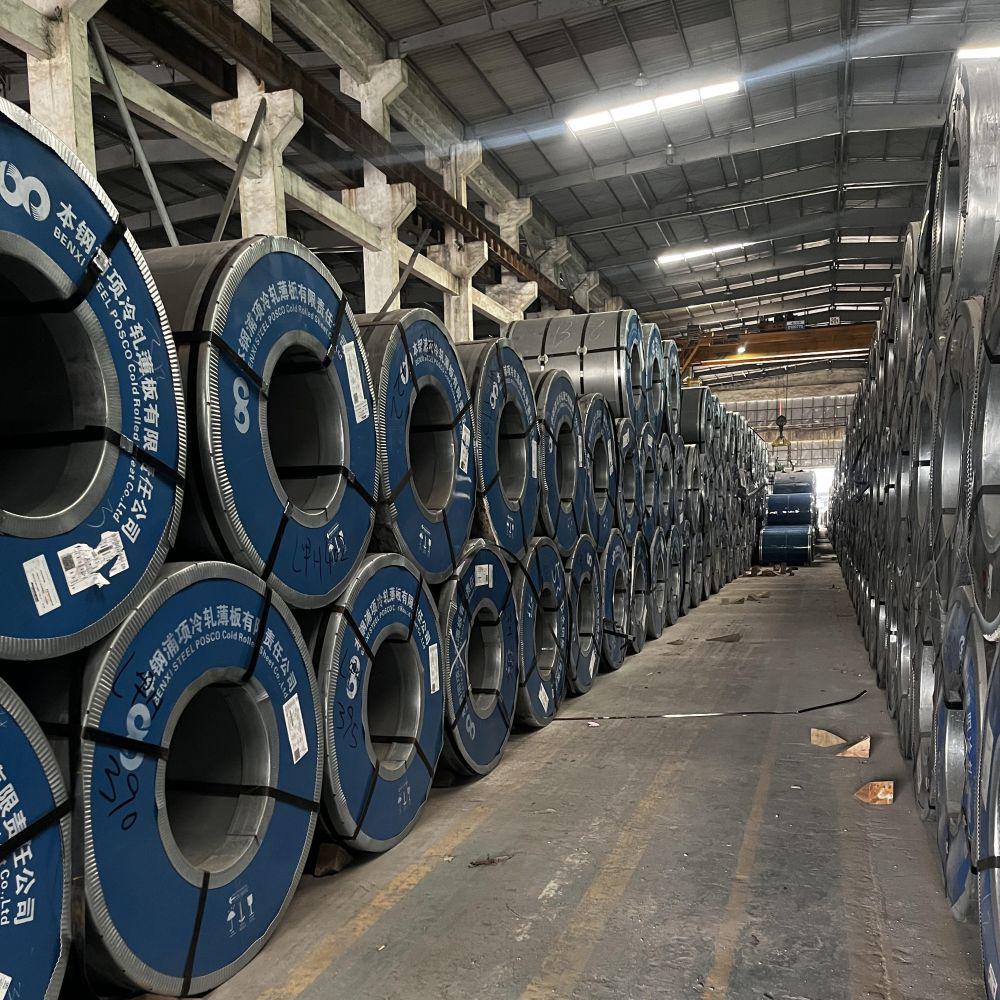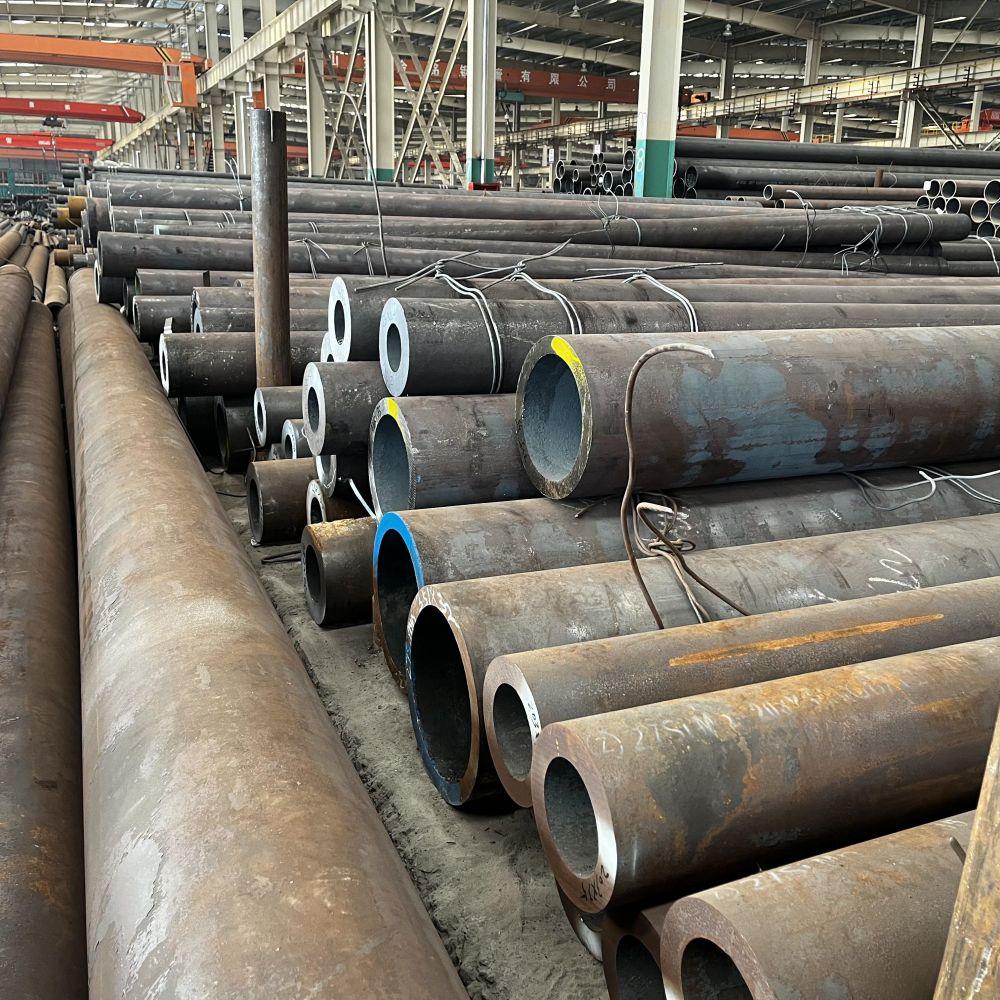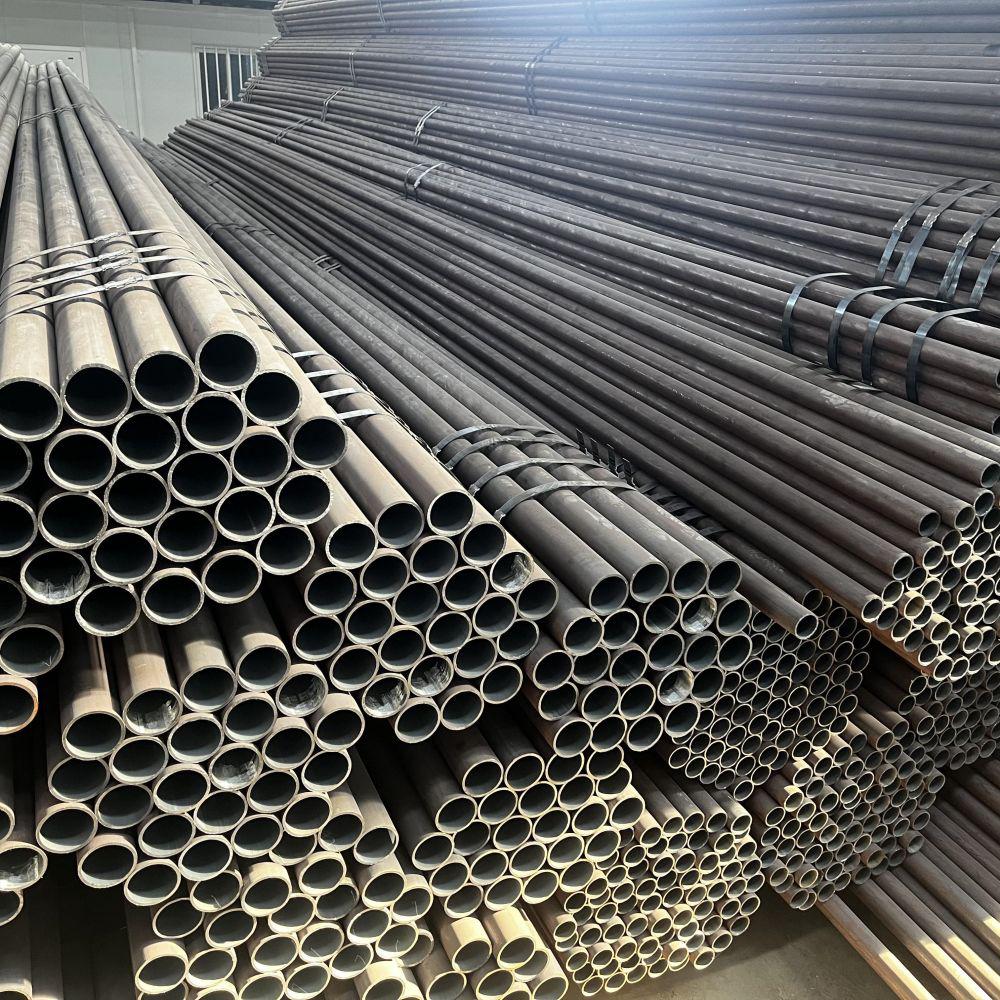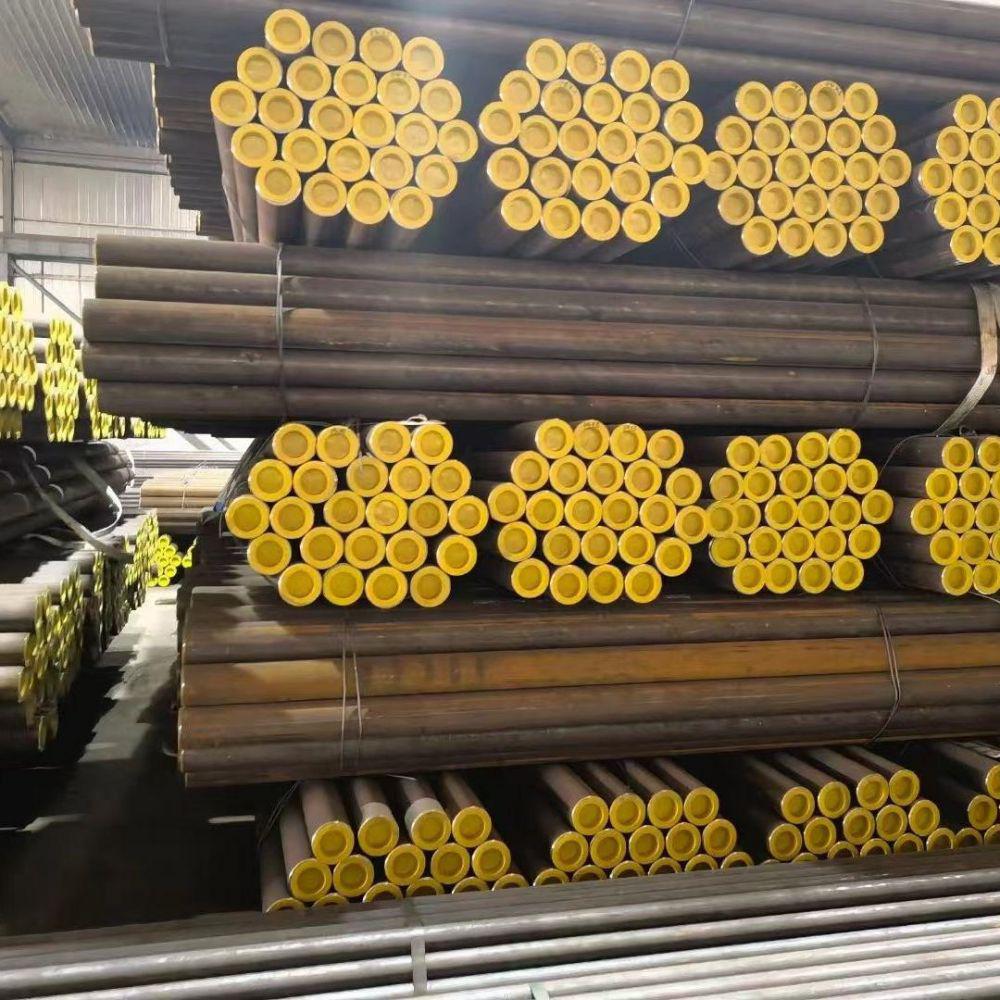1. Please select the product according to the completion requirements. The common types of surface treatment for stainless steel are non directional, No. 4 surface treatment or mirror polishing. Your abrasive selection depends on the requirements of appearance or average roughness (Ra). For coarse grinding, 36 or 40 grit baffles can be used. However, if mirror polishing is required, it is necessary to further increase the grit level and add some polishing compounds or fiber wheels to polish the material to the desired visual effect. Products designed specifically for stainless steel will work more effectively on this material because compared to products designed for carbon steel, this product has faster cutting speed, longer service life, and better heat dissipation.
2. Do not cross contaminate. Just because the product is labeled for carbon steel or stainless steel does not mean it is pollution-free.
Bonded abrasive products labeled Inox do not contain pollutants. The need for pollution-free products depends on the requirements of the application. It is equally important to avoid using a certain product on carbon steel before using it on stainless steel. If a stainless steel brush is used on carbon steel and then on stainless steel, it will introduce pollutants from the iron material. One way to avoid cross contamination when the wheel hub and brush look similar is to use abrasive products with color markings. These can help you avoid mistakenly using carbon steel brushes on stainless steel, and vice versa.
3. Start with the required finish on the base material. Starting from pre processing basic materials to the required specifications is a common practice, which can save a lot of operation time and money. For example, the sheet metal substrate can be welded through machine completed 4th directional polishing or mirror polishing. This can greatly reduce the amount of precision machining that needs to be manually completed after welding the parts together.
4. Don't apply too much pressure. When using grinding products, pressure equals heat, and heat is more likely to damage stainless steel than carbon steel. You can control the heat generated during grinding or finishing by applying less pressure and allowing the grinding brush or grinding wheel to work as designed.
5. Keep the product moving. When grinding or finishing stainless steel, please use a uniform and consistent pattern. Staying in an area for too long can accumulate heat, which can damage the base material and lead to increased time and rework.
6. Don't skip security issues. The use of necessary personal protective equipment (PPE) is crucial for any welding and metal finishing work, especially for stainless steel. It is recommended to use a respirator when finishing any steel or stainless steel, as abrasive and substrate can generate dust. Stainless steel also carries the risk of a large amount of nickel, which can spread into the air along with other particles during grinding, leading to lung damage.
7. Record the process. It is important to provide a detailed explanation of the process of gradually finishing stainless steel in order to produce consistent results every time. It helps eliminate speculation and reduces the chance of rework. This is particularly important for applications that require measurement of very special finishes every time, such as medical or food processing applications. Your document should include the process you are using and the specific abrasive type and particle size for each step.





